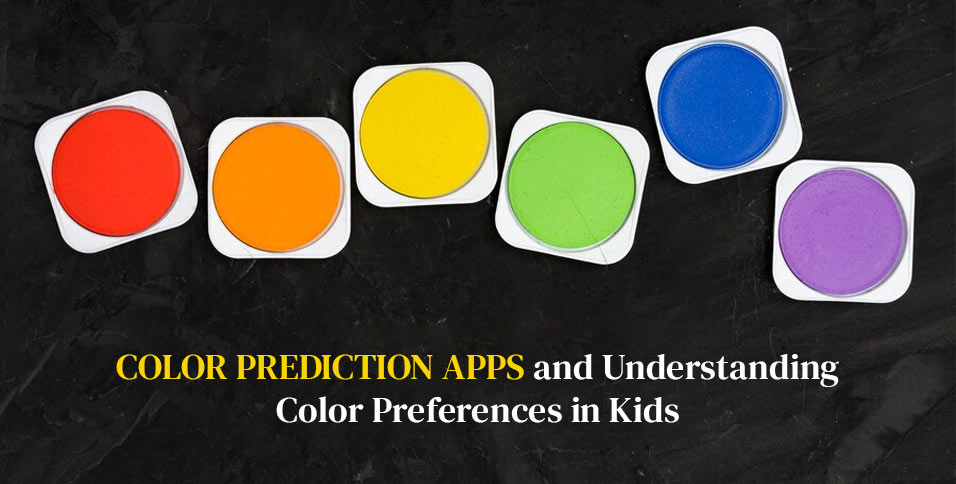Colors play a significant role in our daily lives, influencing moods, creativity, and choices. For children, colors are even more impactful, shaping how they perceive and interact with the world. With the rise of color prediction apps, a fascinating intersection of technology and psychology is helping parents and educators better understand kids’ color preferences.
What Are Color Prediction Apps?
Color prediction apps use AI and data analytics to predict color trends, preferences, or combinations for various applications. While originally developed for fashion, interior design, and marketing, these apps now cater to broader audiences, including parents and educators.
For kids, these apps can:
- Suggest age-appropriate color palettes: Useful for designing playrooms or choosing clothing.
- Aid in creativity: By recommending color combinations, kids are encouraged to explore art and design.
- Identify mood connections: These apps can help understand how specific colors affect a child’s mood or behavior.
The Science Behind Kids’ Color Preferences
Children’s preference for certain colors is influenced by age, culture, and personality.
- Early Childhood (0-2 years): Babies are attracted to high-contrast colors like black, white, and red as their visual development progresses.
- Preschool Years (3-5 years): Bright and bold colors, like red, yellow, and blue, dominate their preferences. These colors stimulate their senses and reflect their energetic personalities.
- Cultural and Gender Influences: While society often assigns gender-specific colors (like pink for girls and blue for boys), many children defy these norms, showing a preference for various hues.
How to Use Color in Kids’ Environments
- Learning Spaces: Incorporate colors like yellow (stimulates focus) and green (calming and promotes balance).
- Play Areas: Use vibrant colors such as red and orange to inspire activity and energy.
- Sleep Areas: Opt for softer tones like pastel blue or lavender to create a tranquil setting.
Color Prediction Apps in Parenting and Education
Color prediction apps can be powerful tools for understanding and nurturing children’s preferences. For instance:
- Personalized Playroom Designs: Apps can suggest the best color schemes based on a child’s favorite colors and developmental needs.
- Art Projects: Educators can use these apps to choose appealing colors for creative tasks.
- Mood Regulation: Insights from these apps help parents use calming or energizing colors when decorating their children’s surroundings.
Conclusion
Colors are an integral part of childhood development, influencing everything from creativity to emotional well-being. By leveraging a colour prediction app, parents and educators can better align with children’s preferences, fostering a more engaging and nurturing environment. After all, the world is a brighter, happier place when viewed through a child’s eyes!
Also Read: Why Kids Language Learning is Easier with Stories and Books

















